DUCK'S BWO
This fly is a scaled down version of Duck's Green Drake (For background information on how the fly was named please see the June 18, 2012 Fly of the Week.) It was recently tied to fish the tiny fall Baetis hatch on my home water in Northern Idaho. It isn't quite as small as the naturals, but it has been very productive fishing to both trout regularly rising to naturals and those lurking until a natural comes along.

The original Duck's BWO pattern had tails incorporated in the furled extended body.
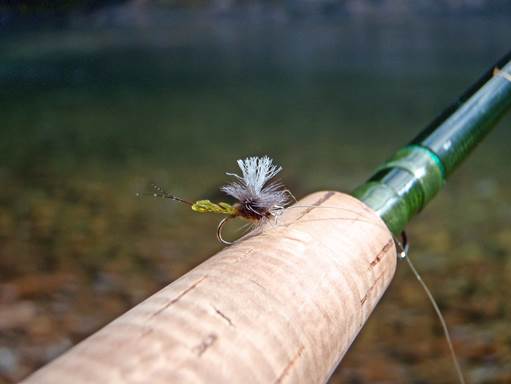
However, the relatively stiff moose tail fibers used for the tails tend to impede the furling process, and with the short abdomen for this smaller fly, the tails tend to separate from the furled extended body after a few fish have sunk their teeth into the fly.
To simplify tying the fly, I decided to eliminate the tails and experiment with a tailless version. The "no tails" version has been as productive as the original pattern and is now the standard for Duck's BWO.
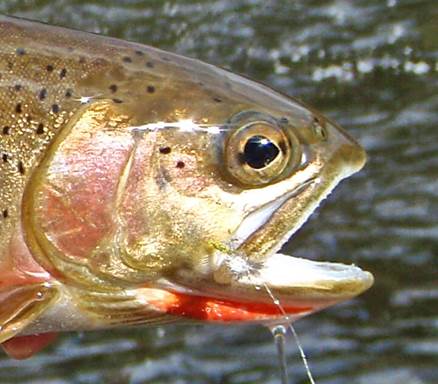
Materials:
The materials list is short – olive antron, .5mm StretchMagic, olive permanent marker, superfine BWO dubbing, antron for the post, and grizzly hackle. ( The StretchMagic product is available at Michael's in the beading section. )
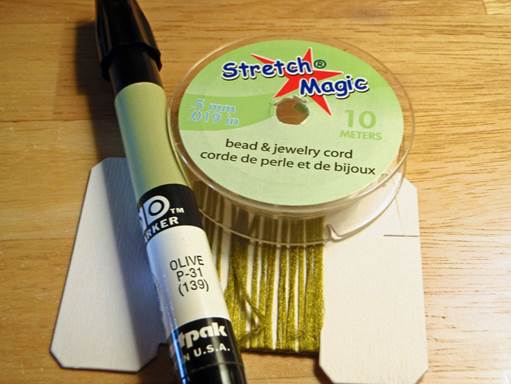
The fly is tied on a size 18 Dai-Riki 125 hook with olive dun 8/0 thread. The Dai-Riki 125 is a 2X short hook so the overall finished size of the fly is quite close to a fly tied on a standard size 20 dry fly hook.
After laying a thread base into the bend of the hook and back to just above the hook point, prepare the furled extended body. Use one half of a strand of olive antron and one piece of the StretchMagic colored with the permanent marker. Put the ends of the antron and StretchMagic in electrician's clips and twist the clips in opposite directions 10-12 times, until the material wants to curl back on itself.
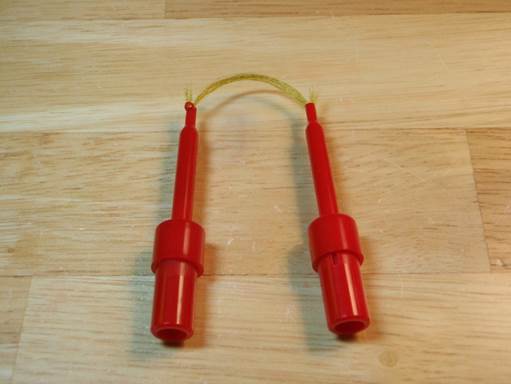
Grasp the twisted material at the mid-point, and, while maintaining tension on it, pull and twist the material in the direction it wants to furl. The furled extended body should look like this.
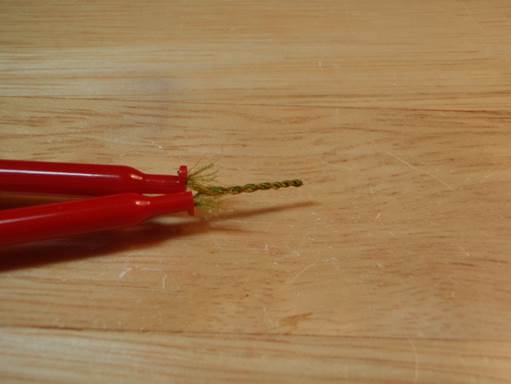
Secure the extended body to the shank. To enhance the elevated abdomen, build a small thread dam between the hook shank and the back of the abdomen where it meets the hook.
After trimming the waste extended body material, add the post and tie in the hackle, securing it to the post with several turns of thread up and around the post and hackle stem. Dub over the forward part of the abdomen and form the thorax with the dubbing.
Wrap the hackle five or six counterclockwise turns down the post, then, instead of tying it off, use the 9DH technique wrapping the hackle three turns around the shank in front of the post. Tie the hackle off behind the eye of the hook and finish with half hitches or a whip finish.
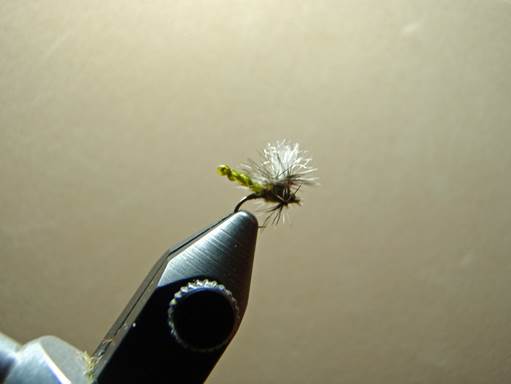
For more great info, check out:
Beginning Fly Tying | Intermediate Fly Tying | Advanced Fly Tying.
